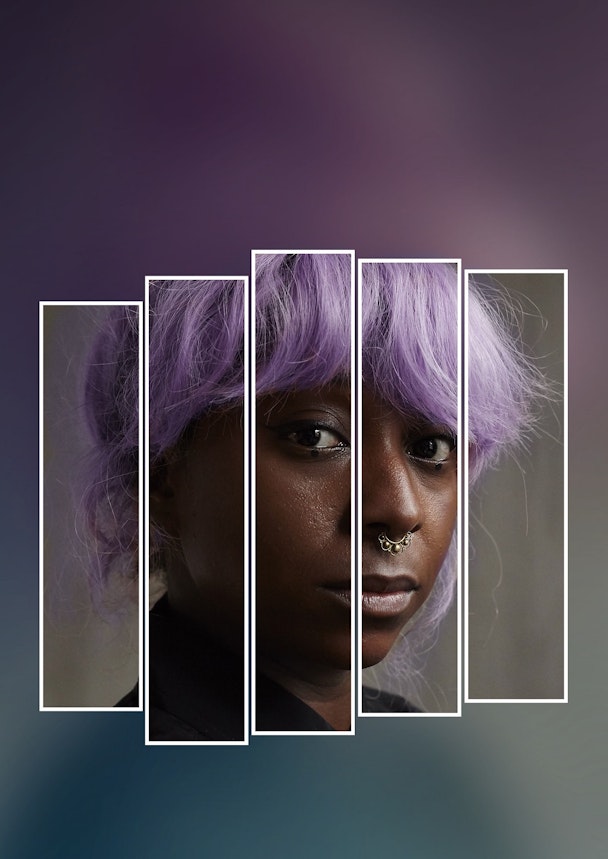Positive female role models underpin successful brands
A new report has reinforced the progressive feedback loop that positive female role models in advertising have to play in boosting brand appeal.

Ipsos singled out several recent high-profile campaigns, including ‘Real Beauty’ by Dove and ‘Cheers To All’ by Heineken
Women in Advertising sets out how far we’ve come over the past decade, as well as how far we still have to go, with the proportion of leading roles taken by women in films jumping from 26% to 41% between 2011 and 2018.
Shifting societal sands
-
A new paper compiled by market research company Ipsos has laid bare the dramatic power of positive representations of women in advertising to shape seemingly entrenched societal norms and behaviors.
-
Women in Advertising cites 2018 as the turning point when Hollywood finally got the message and began awarding leading roles to women in near parity to men, ensuring that a new generation will grow up without subliminal cultural messaging that women are secondary.
-
Through much of modern history, women have often been portrayed as sex symbols or unattainable images of perfection, with progress on the issue proving to be painfully slow until the dam burst in the last decade.
What brands gain from positive portrayals of women
-
Addressing these changes from a brand perspective, the report documents the positive feedback on consumer relationships as well as short-term behavioral change, all accruing from the positive portrayal of women in adverts.
-
Companies that elevate women are more likely to curry favor among consumers, with an increased likelihood of having a positive impact on long-term brand relationships.
-
Ipsos also found that the role and portrayal of women in advertising can impact sentiments toward ads, with category-specific lessons to be learned.
-
Ipsos explained: “... the way in which a female character is presented in the ad doesn’t impact the likelihood the ad will be encoded in memory and correctly linked to the brand. We do, however, see the impact occurring more on the behavioral measures of Choice Intent and Brand Relationship. These are the metrics that help to get the brand chosen more often and make respondents feel better about the brand.”
Methodology
-
To more analytically answer the question of how gender representation impacts brands, Ipsos has taken advice from the Female Quotient to include Gender Equality Measure questions in creative assessment research for all ads featuring a woman.
-
This process assessed gender bias in over 160,000 ads, equating to 87% of global ad spend, with key criteria used to determine its ranking; namely how female characters are presented, whether they are depicted in a respectful or appropriate manner, and if they can be viewed as a positive role model.
-
Ipsos said: “To help shift our social norms and drive gender equality, we need advertising and media to play a role now by positively reflecting women in advertisements, movies, streaming content and television entertainment. Not only will this improve our society for the better, but brands will also see positive business outcomes.
-
“Through advertising, brands have the power to shift how we see each other, provide positive role models for young girls and drive change in our society, and we see in the data that doing good for society is also linked to doing good for brand growth.”
-
To illustrate its point, Ipsos singled out several recent high-profile campaigns, including ‘Real Beauty’ by Dove, ‘Cheers To All’ by Heineken and ‘What Are Girls Made Of?’ by Nike.
Content created with:

Ipsos
Find out more
